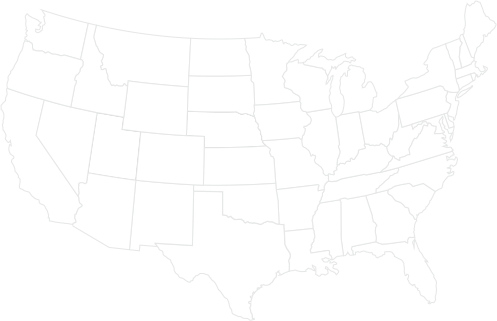Sourcing and Contracting Cottonseed: A Crash Course
• Posted in Articles
If you’re in the business of dairy or beef production, chances are you are currently feeding or considering feeding cottonseed. The high value of its unique composition makes it a sought-after ingredient for feed programs across North America. However, organizing the logistical aspects of sourcing and contracting quality cottonseed is no small feat.
We connected with Amy May Hooper from The Andersons’ Whole Cottonseed team to get the inside scoop on the cottonseed supply chain, straight from the source. Keep reading to learn how the following considerations can help ensure you get quality products and services from your cottonseed supplier every time.
Understand Your Cottonseed’s Journey From Field to Feed
Following its harvest and processing, a supplier’s acquisition of cottonseed is what really initiates the process that brings this product all the way from the fields to your feed program.
Amy’s team, like many in our network of suppliers, has relationships with gins who may need logistical or marketing assistance to move and sell seed. This puts the supplier in a position to influence and oversee this journey in its entirety. In Amy’s own words, “We will take ownership of the seed from the gin all the way until it reaches a dairy or feed mill.” But it takes the efforts of several additional players to help make this happen in a cost-effective manner.
Amy shared that cottonseed could pass through up to five sets of hands throughout the supply chain. It could be trucked from its origin to a secondary location where it is loaded onto a railcar, railed thousands of miles and transloaded at another destination off the railcar, all before its actual delivery to your pickup point.
This transportation process is known to present logistical challenges for the supply chain, making origin facilities, transportation providers and destination facilities indispensable to cottonseed’s journey to and through the marketplace. That’s why Amy sees a supplier’s honest view of the market and how it may impact what their team can do and provide for you as an essential factor for a successful feed program.
Amy’s advice on accessing this level of support and reliability from your contracts? “Be upfront about your needs from a pricing, logistical and timing standpoint. With the volatility in price and the difficulty in logistics, we can better partner with origins and destinations when we know what they need.”
Set Expectations With Your Supplier
Some suppliers may be better positioned or have better tools to service feed programs than others, but it is always important to contract with someone you can trust to address your specific needs. As Amy puts it, “Price is important, but service is a must.”
Think strategically about who you contract with and, even when that contract is executed and cottonseed delivered, follow through with the supplier. Communication is key to help your supplier appreciate your needs and better collaborate on timelines, pricing and quality standards.
Seek out details from your supplier regarding transportation responsibilities, delivery locations and schedules, and don’t shy away from initiating conversations about your respective expectations. Keep in mind the importance of maintaining the quality of your cottonseed throughout these processes, as it is essential to meet your animals’ nutritional needs and central to the success of your operation.
Find the Right Fit for Your Feed Program
Supplier selection is an important consideration to ensure what you are provided meets or exceeds industry standards. Connect with reputable suppliers in the Cottonseed Marketplace to find a seller with a track record of quality products and services.
Stay Informed on the Cottonseed Industry
Successful sourcing and contracting will require careful planning, communication and research. Keep up with cottonseed market trends, availability and price fluctuations that might impact your sourcing decisions at WholeCottonseed.com.

